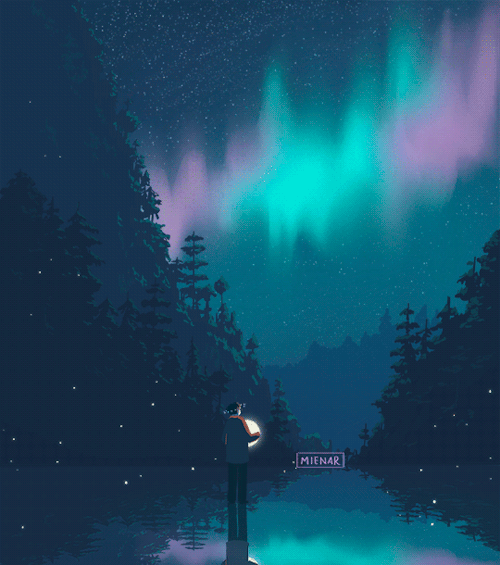This Is The Running Chicken Nebula! 🐤🐤🐤
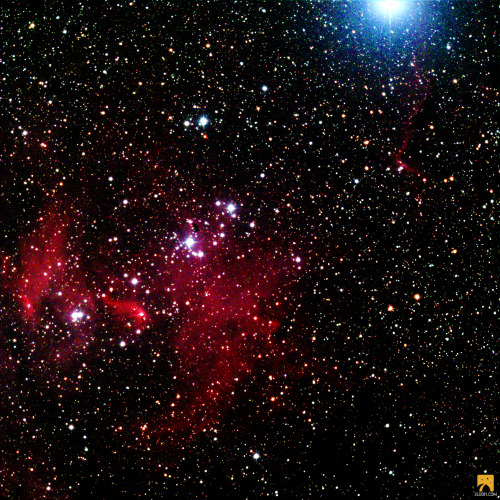
This is the Running Chicken Nebula! 🐤🐤🐤
This nebula’s unique name comes from the shape of its brightest region being similar to a running chicken. In the upper right corner, you can see the bright star Lambda Centauri, which gives this nebula a second name: the Lambda Centauri Nebula! 💫💫💫
Taken by me (Michelle Park) using the Slooh Canary Two telescope on February 5th, 2022 at 3:22 UTC.
More Posts from Mystarypi and Others

This is the Waxing Gibbous Moon! 🌔🌔🌔
Yesterday, October 16th, was International Observe the Moon Night, which meant that Slooh’s telescopes were pointed at the beautiful Moon! Check out more resources to celebrate this exciting day here: https://www.space.com/international-observe-the-moon-night-2021 🤩🤩🤩
Taken by me (Michelle Park) using the Slooh Canary One telescope on October 16th, 2021 at 23:32 UTC.

2022 May 15
Colors of the Moon Image Credit & Copyright: Marcella Giulia Pace
Explanation: What color is the Moon? It depends on the night. Outside of the Earth’s atmosphere, the dark Moon, which shines by reflected sunlight, appears a magnificently brown-tinged gray. Viewed from inside the Earth’s atmosphere, though, the moon can appear quite different. The featured image highlights a collection of apparent colors of the full moon documented by one astrophotographer over 10 years from different locations across Italy. A red or yellow colored moon usually indicates a moon seen near the horizon. There, some of the blue light has been scattered away by a long path through the Earth’s atmosphere, sometimes laden with fine dust. A blue-colored moon is more rare and can indicate a moon seen through an atmosphere carrying larger dust particles. What created the purple moon is unclear – it may be a combination of several effects. The last image captures the total lunar eclipse of 2018 July – where the moon, in Earth’s shadow, appeared a faint red – due to light refracted through air around the Earth. Today there is not only another full moon but a total lunar eclipse visible to observers in North and South America – an occurrence that may lead to some unexpected lunar colorings.
∞ Source: apod.nasa.gov/apod/ap220515.html

This is the Pleiades in culmination! ✨✨✨
Just a few weeks ago, this cluster culminated in the south - meaning that they reached their highest point and appeared its brightest. Thankfully, the telescopes were open briefly for me to take a quick picture! ♥♥♥
Taken by me (Michelle Park) using the Slooh Chile One telescope on November 23rd, 2020 at 2:37 UTC.


This is the Super Flower Blood Moon Lunar Eclipse! ✨✨✨
Although the Slooh telescopes were off at the time of the eclipse itself, Slooh did provide a great livestream on Youtube that you can watch if you missed the event. The name “super moon” comes from how the Moon is located closer in its elliptical orbit to Earth, the name “flower moon” comes from how the super moon takes place in May, and the name “blood moon” shows its red color due to the Earth blocking the Sun’s light on the moon! 💖💖💖
Taken by me (Michelle Park) using the Slooh telescopes on May 26th, 2021.
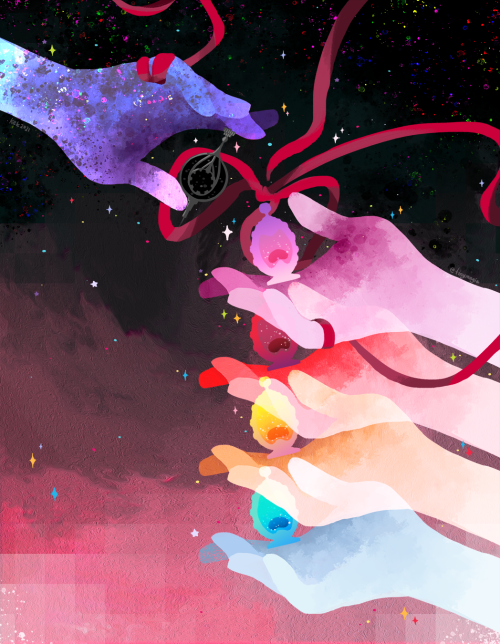
despite everything, you still love madoka magica (happy 10th anniversary!!)
f l o o f
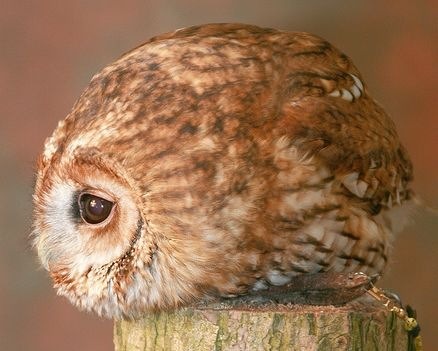
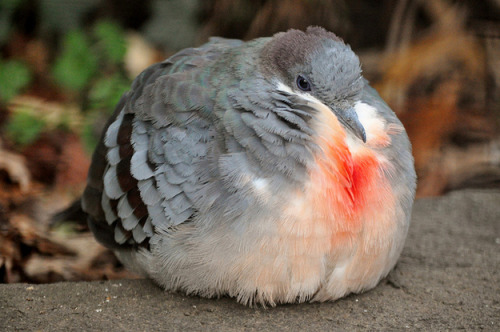



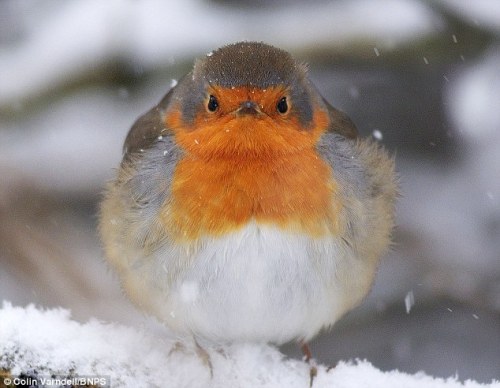


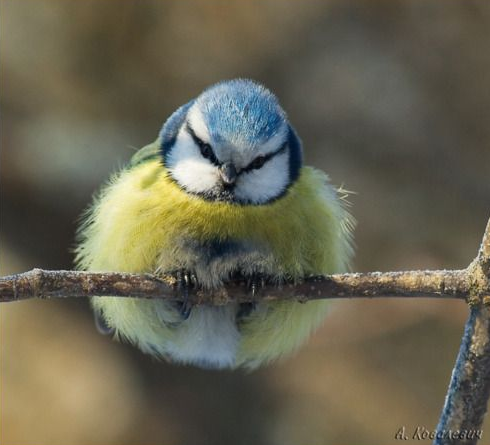

Look at these birbs



Simple, circular sceneries

This is the Pelican Nebula! 🦢🦢🦢
The molecular cloud of dark dust on the left of this image separates this nebula from the nearby North America Nebula. This nebula is quickly changing as newborn, hot stars ionize the gas and push it around, leading to its expansion! 💖💖💖
Taken by me (Michelle Park) using the Slooh Canary Two telescope on August 9th, 2021 at 3:52 UTC.
-
 celeste20 liked this · 2 years ago
celeste20 liked this · 2 years ago -
 venus-sends-love liked this · 3 years ago
venus-sends-love liked this · 3 years ago -
 a-rose-by-any-other-name reblogged this · 3 years ago
a-rose-by-any-other-name reblogged this · 3 years ago -
 phoenix55 liked this · 3 years ago
phoenix55 liked this · 3 years ago -
 coffeenorder66 liked this · 3 years ago
coffeenorder66 liked this · 3 years ago -
 shinji-kun413 liked this · 3 years ago
shinji-kun413 liked this · 3 years ago -
 grayson-6 liked this · 3 years ago
grayson-6 liked this · 3 years ago -
 bosana liked this · 3 years ago
bosana liked this · 3 years ago -
 aleexxiup liked this · 3 years ago
aleexxiup liked this · 3 years ago -
 n3sba liked this · 3 years ago
n3sba liked this · 3 years ago -
 ifdisorderwereaperson liked this · 3 years ago
ifdisorderwereaperson liked this · 3 years ago -
 celestialvoidtragedy liked this · 3 years ago
celestialvoidtragedy liked this · 3 years ago -
 bro-have-you-seen-overlord liked this · 3 years ago
bro-have-you-seen-overlord liked this · 3 years ago -
 wren-the-chemist reblogged this · 3 years ago
wren-the-chemist reblogged this · 3 years ago -
 benzeneringz liked this · 3 years ago
benzeneringz liked this · 3 years ago -
 awesomeatomiccollector liked this · 3 years ago
awesomeatomiccollector liked this · 3 years ago -
 cjp728 liked this · 3 years ago
cjp728 liked this · 3 years ago -
 bosana reblogged this · 3 years ago
bosana reblogged this · 3 years ago -
 lonerubyjess liked this · 3 years ago
lonerubyjess liked this · 3 years ago -
 delicioushelplessbread-blog liked this · 3 years ago
delicioushelplessbread-blog liked this · 3 years ago -
 mystarypi reblogged this · 3 years ago
mystarypi reblogged this · 3 years ago -
 luiztlumb21 liked this · 3 years ago
luiztlumb21 liked this · 3 years ago -
 getas-regina reblogged this · 3 years ago
getas-regina reblogged this · 3 years ago -
 getas-regina liked this · 3 years ago
getas-regina liked this · 3 years ago -
 spacetimewithstuartgary reblogged this · 3 years ago
spacetimewithstuartgary reblogged this · 3 years ago -
 spacetimewithstuartgary liked this · 3 years ago
spacetimewithstuartgary liked this · 3 years ago -
 konnitblr liked this · 3 years ago
konnitblr liked this · 3 years ago -
 deaka liked this · 3 years ago
deaka liked this · 3 years ago -
 mavuier liked this · 3 years ago
mavuier liked this · 3 years ago -
 sleepyfloor reblogged this · 3 years ago
sleepyfloor reblogged this · 3 years ago
